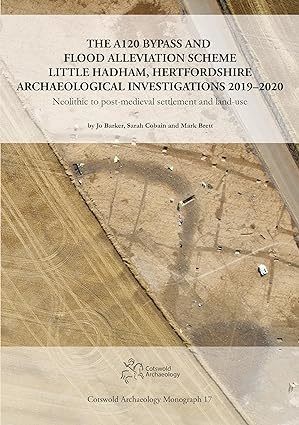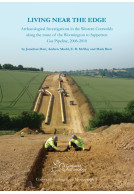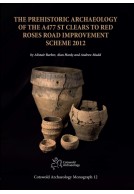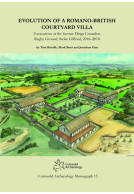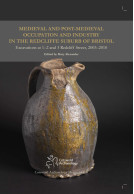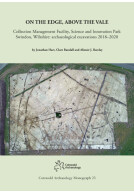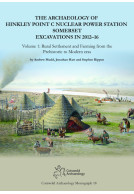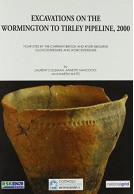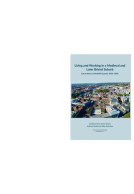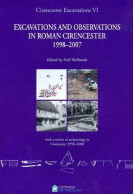Google Books previews are unavailable because you have chosen to turn off third party cookies for enhanced content. Visit our cookies page to review your cookie settings.
The A120 Bypass and Flood Alleviation Scheme Little Hadham, Hertfordshire Archaeological Investigations 2019–2020 (Hardback)
Neolithic to Post-Medieval Settlement and Land-Use
Imprint: Cotswold Archaeology
Series: Cotswold Archaeology Monograph
Pages: 250
Illustrations: 157 Black and white and colour line drawings and photographs
ISBN: 9781999822231
Published: 28th February 2024
Script Academic & Professional
Series: Cotswold Archaeology Monograph
Pages: 250
Illustrations: 157 Black and white and colour line drawings and photographs
ISBN: 9781999822231
Published: 28th February 2024
Script Academic & Professional
You'll be £30.00 closer to your next £10.00 credit when you purchase The A120 Bypass and Flood Alleviation Scheme Little Hadham, Hertfordshire Archaeological Investigations 2019–2020. What's this?
+£4.99 UK Delivery or free UK delivery if order is over £40
(click here for international delivery rates)
Need a currency converter? Check XE.com for live rates
(click here for international delivery rates)
Need a currency converter? Check XE.com for live rates
A few scatters of Mesolithic and Neolithic flint were found across the development area. Slightly more extensive evidence for Neolithic occupation was represented by a small number of pits from which flint-tempered Neolithic pottery, worked flint, charred plant remains and animal bone were recovered. During the later Bronze Age and Iron Age the first permanent settlements were established. They were characterized by post-built circular structures, pits and cremation burials. Settlement began in the river valley and the western edge of the clay plateau but during the Iron Age settlement shifted onto the clay plateau with eh creation of a five-sided enclosure. By the Late Iron Age and Roman period a farmstead and managed fields were established. This farmstead has been defined as a complex-type farmstead and seems to have been involved in the large-scale production of spelt. Limited evidence was identified for Saxon activity but a few features, including the remains of a tree-lined avenue, may have been associated with the 17th century Hadham and Wickham Halls which were owned by the Capel family. This volume describes the archaeological remains as well as the artefacts and ecofactual material recovered from the excavations.
Other titles in the series...
Other titles in Cotswold Archaeology...







